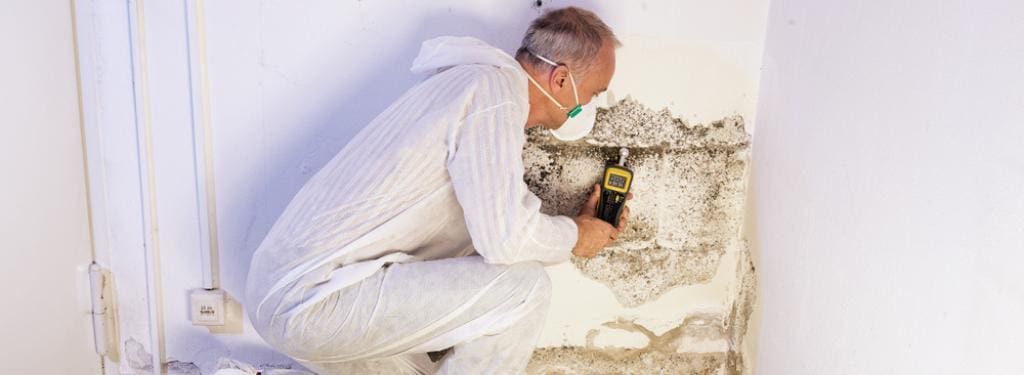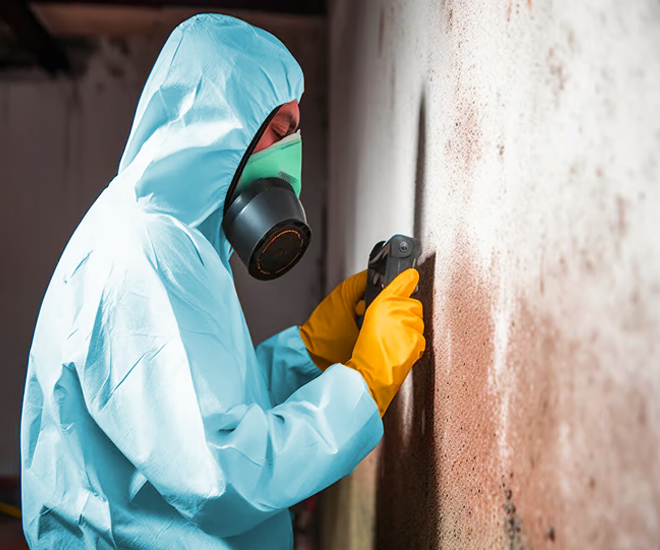Situating Post Remediation Inspection Near Me Services
Your Ultimate Guide to Blog Post Mold And Mildew Remediation Techniques
Browsing the world of post-mold removal techniques is a meticulous procedure that demands focus to information and a comprehensive understanding of the intricacies included. In the after-effects of mold and mildew invasion, knowing exactly how to efficiently eliminate the mold and avoid its reoccurrence is extremely important for maintaining a healthy interior environment. From choosing the ideal cleansing and decontaminating techniques to executing techniques for long-lasting mold prevention, each action in the removal journey plays an important role in ensuring a successful end result. As we start this expedition of post-mold remediation strategies, we will certainly discover the essential methods and finest techniques that can help you restore your area to its pre-mold problem and safeguard it against future mold threats.
Understanding Post-Mold Remediation Process
After completing the mold removal process, it is vital to understand the post-mold remediation techniques that are required to make certain a comprehensive and effective clean-up. When the mold and mildew has actually been removed, the following action entails cleaning and decontaminating the affected locations to stop any regrowth of mold. This consists of using specialized cleaning up representatives to wipe down surfaces and kill any staying mold and mildew spores. It is necessary to dry out the area entirely to dissuade the growth of mold and mildew in the future (Post Mold remediation cleaning). Correct ventilation and dehumidification can aid in this procedure.
Additionally, performing a final assessment post-remediation is essential to make certain that all mold has been effectively removed. If the examination exposes any kind of remaining mold and mildew, additional remediation might be essential.
Effective Cleaning and Disinfecting Methods

Protecting Against Future Mold And Mildew Development

Significance of Appropriate Ventilation
Appropriate ventilation plays an essential function in preventing moisture buildup, a vital factor in mold and mildew development within interior environments. Efficient ventilation systems assist remove excess humidity from the air, decreasing the opportunities of mold spores finding the dampness they need to spread and germinate. Without sufficient air flow, indoor spaces can come to be a breeding ground for mold, causing potential health threats and architectural damages.
By making certain proper air circulation, ventilation systems can also aid in drying damp locations quicker after water damage or flooding incidents, even more discouraging mold and mildew development. Post Mold Remediation Report. In areas like shower rooms, attic rooms, kitchens, and basements where dampness levels tend to be higher, setting up and preserving efficient air flow systems is vital in preventing mold infestations

Tracking and Maintenance Tips
Given the critical role that appropriate ventilation plays in avoiding mold development, it is imperative to establish reliable monitoring and upkeep suggestions to make sure the ongoing capability of ventilation systems. Regular assessments of ventilation systems must be carried out to look for any indications of blockages, leaks, or malfunctions that could hinder appropriate air flow. Monitoring moisture degrees within the residential property is additionally crucial, as high moisture can add to mold and mildew growth. Mounting a hygrometer can aid track moisture levels and sharp home owners to any type of spikes that may require attention. Additionally, making certain that air filters are consistently cleaned up or changed is vital for keeping the performance of the ventilation system. Carrying out a timetable for routine his explanation upkeep jobs, such as air duct cleansing and heating and cooling system examinations, can aid additional resources protect against concerns before they escalate. By staying alert and proactive to the problem of ventilation systems, homeowner can properly minimize the threat of mold and mildew regrowth and keep a healthy and balanced interior setting.
Conclusion
To conclude, post-mold removal techniques are important for guaranteeing a secure and tidy setting. Recognizing the process, executing reliable cleansing and decontaminating approaches, stopping future mold growth, preserving appropriate ventilation, and regular tracking are all important steps in the removal procedure. By adhering to these guidelines, you can successfully get rid of mold and stop its return, working or advertising a healthy living space for all passengers.
In the results of mold infestation, knowing exactly how to properly get rid of the mold and mildew and stop its reoccurrence is paramount for keeping a healthy and balanced indoor atmosphere. As soon as the mold and mildew has actually been removed, the next step entails cleansing and decontaminating the impacted areas to protect against any type of regrowth of mold and mildew - Post Mold remediation cleaning. After getting rid of visible mold development, it is vital to cleanse all surfaces in her explanation the afflicted area to eliminate any kind of continuing to be mold and mildew spores. To further enhance mold prevention measures, it is essential to address underlying issues that originally led to mold and mildew growth.Offered the important duty that proper ventilation plays in protecting against mold growth, it is crucial to develop effective tracking and upkeep tips to make certain the continued performance of ventilation systems